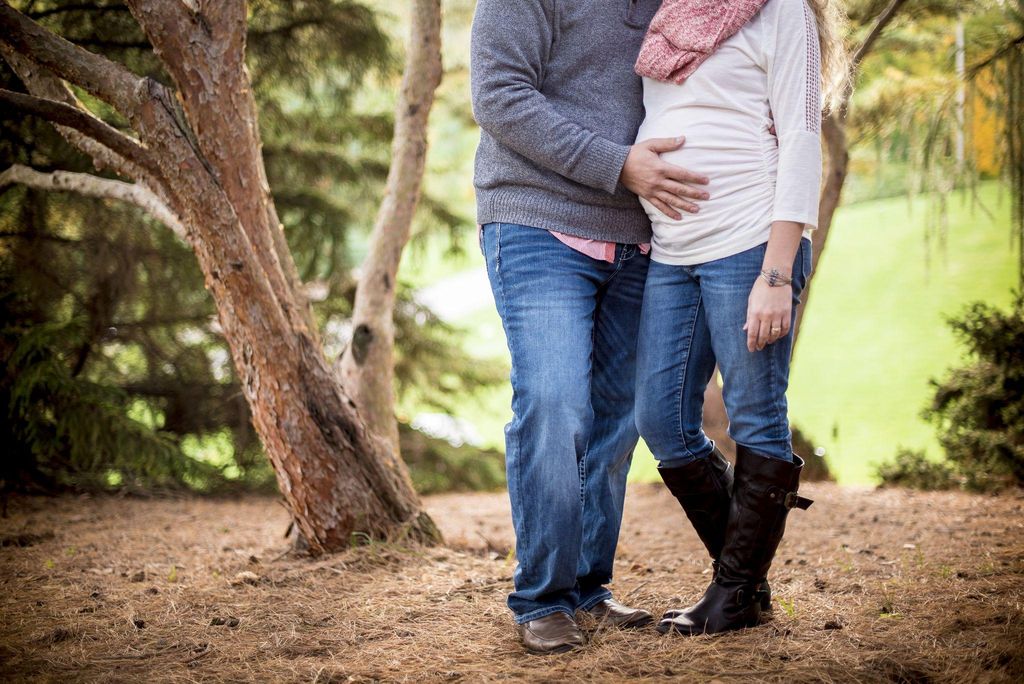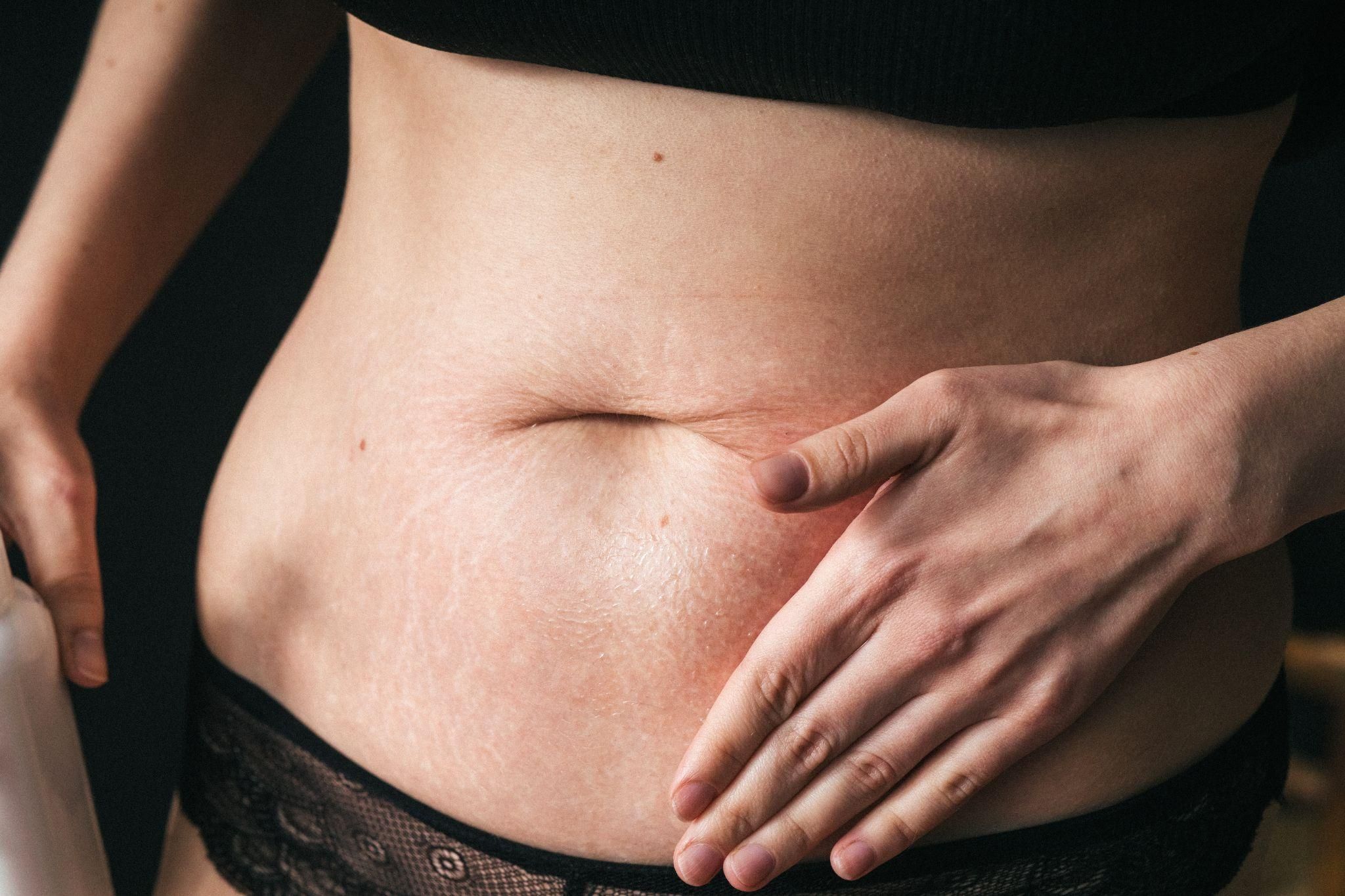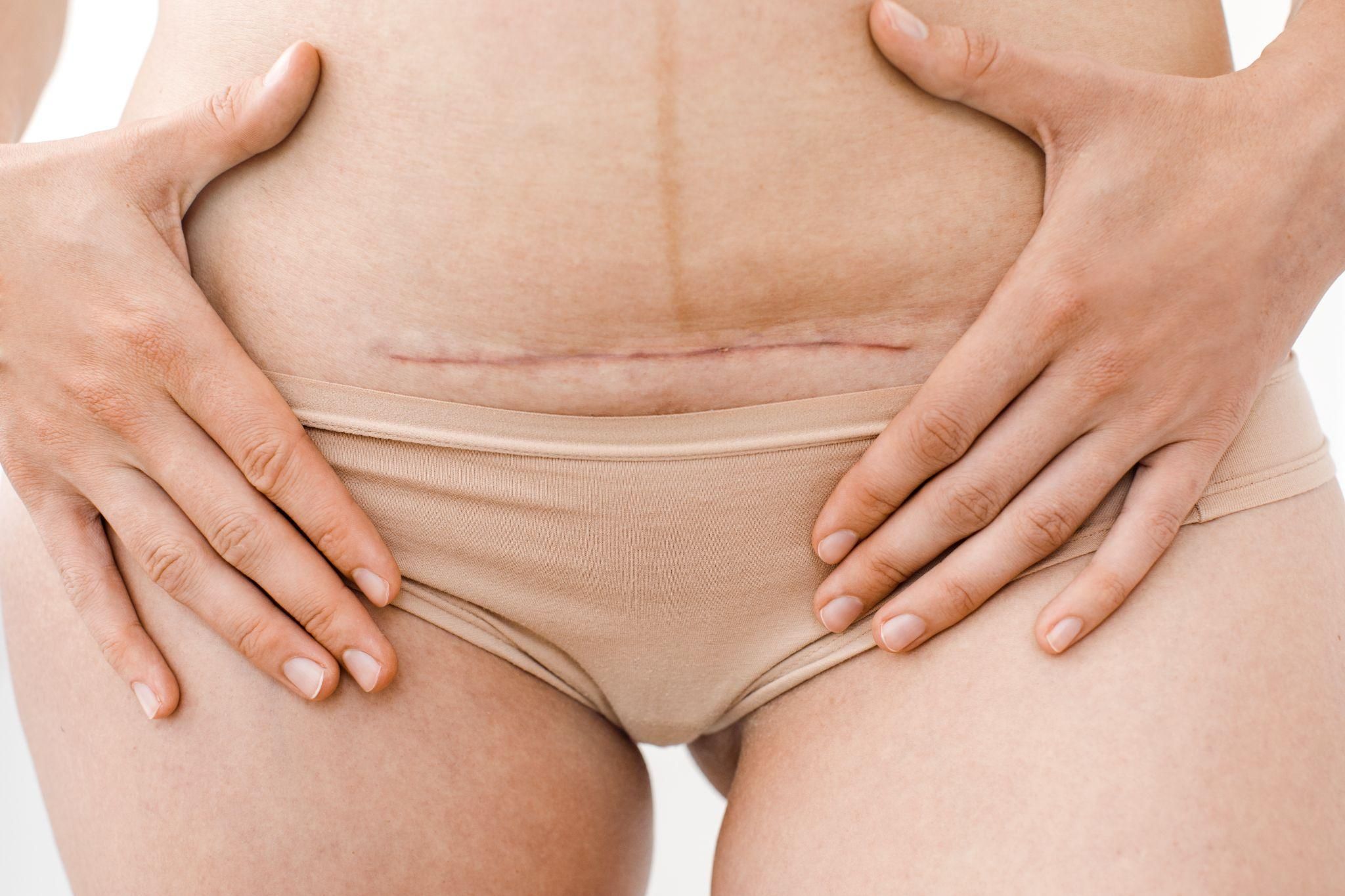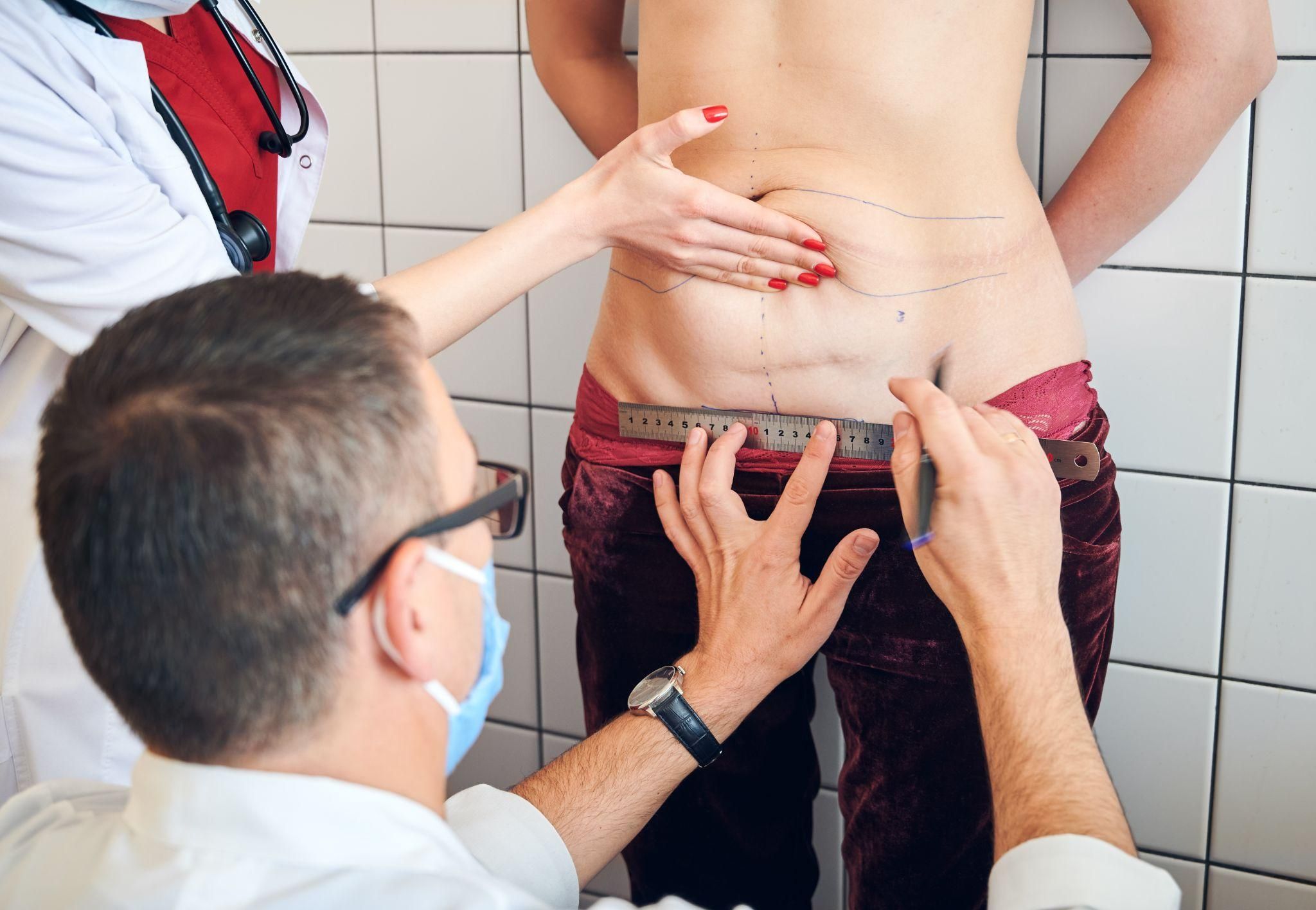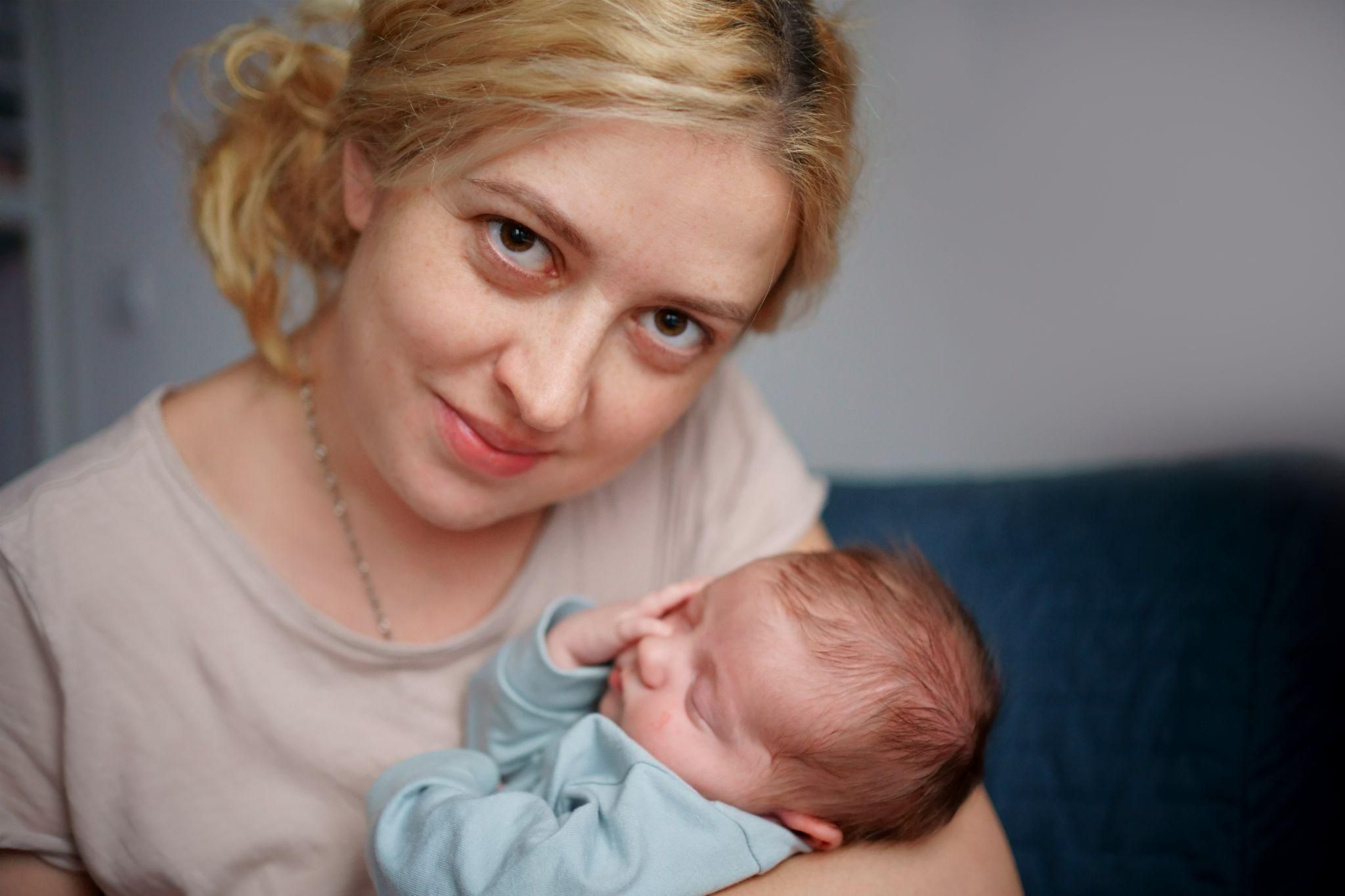Postpartum incontinence is a common yet often overlooked issue that many women face after childbirth, yet it is rarely discussed openly. For many new mothers, the reality of incontinence following childbirth can be a source of confusion, embarrassment, and frustration. Whether it’s a slight loss of bladder control or more severe urinary issues, it’s important to understand that these problems are more common than most people realise.
In this article, we will explore why many women don’t receive adequate postpartum incontinence guidance, the role of antenatal care in preventing and managing this issue, and what can be done to address it effectively. We will also discuss various resources, tips, and exercises, including the importance of prenatal care, antenatal support, and postnatal recovery strategies. By the end of this article, you will better understand postpartum incontinence and the importance of seeking professional help.
Understanding Postpartum Incontinence
What is Postpartum Incontinence?
Postpartum incontinence refers to the involuntary loss of urine after childbirth, a condition that affects many women to some degree. While the degree of incontinence can vary, it generally occurs due to physical changes during and after labour that affect the pelvic floor muscles, which are responsible for supporting the bladder and controlling urine flow.
Incontinence can be a short-term issue or, in some cases, persist for months or even years after childbirth. There are two primary types of postpartum incontinence:
Stress incontinence: This occurs when there is pressure on the bladder due to coughing, sneezing, laughing, or physical activity.
Urge incontinence: This is characterised by a sudden and strong urge to urinate, often followed by involuntary leakage.
While many women experience some level of postpartum incontinence, it is often not openly discussed in antenatal classes or by healthcare providers during antenatal appointments.
Why Don’t Women Receive Postpartum Incontinence Guidance?
While it is not uncommon for women to experience some form of incontinence after childbirth, the lack of guidance during antenatal care and postnatal checkups is a significant issue. There are several reasons for this:
1. The Stigma Around Incontinence
Incontinence, in general, remains a sensitive and often embarrassing topic. Many women are uncomfortable discussing issues related to bladder control, even with their doctors. This stigma often prevents women from seeking help or asking questions during their pregnancy or after birth.
2. Focus on Other Aspects of Postpartum Care
In the immediate postpartum period, much of the focus is placed on the mother’s physical recovery from childbirth, including monitoring for complications such as infections, blood loss, and wound healing. Unfortunately, conditions like incontinence can be overshadowed by more urgent concerns, leading to less attention being paid to the pelvic floor’s health.
3. Lack of Routine Education
Many antenatal classes focus on labour preparation, breathing exercises, pain management, and baby care. While these topics are essential, there is often little discussion about pelvic floor health, the importance of prenatal care for preventing incontinence, or what mothers can expect in terms of recovery after childbirth. Without this knowledge, women may not even realise that incontinence is a potential issue and may go unaddressed for months.
4. Variation in Postpartum Care
Postpartum care is inconsistent across regions, hospitals, and even individual healthcare providers. In some cases, incontinence is addressed as part of postnatal recovery, but in other cases, it is neglected. This disparity leads to many women feeling unsupported and uninformed about their pelvic health after childbirth.
The Importance of Antenatal Care and Pelvic Floor Health
Pelvic Floor Health During Pregnancy
During antenatal care, pelvic floor health should be a key topic of discussion, as it is directly related to the risk of developing incontinence post-birth. Pelvic floor exercises, known as Kegel exercises, can help strengthen the muscles that support the bladder and improve control over urinary function. Unfortunately, these exercises are often underemphasised during antenatal appointments, leaving many women unaware of their importance.
How Antenatal Care Helps Prevent Incontinence
Effective antenatal support goes beyond pregnancy nutrition and prenatal vitamins. It should also address physical health concerns, such as maintaining a strong pelvic floor throughout pregnancy. Regular antenatal checkups should include pelvic assessments to identify potential issues before they worsen, and healthcare providers should recommend antenatal fitness activities such as yoga for pregnancy that focus on pelvic floor strength and flexibility.
1. Kegel Exercises
Kegel exercises, when performed regularly during pregnancy, help strengthen the pelvic floor muscles and improve bladder control. Women are often advised to practice these exercises after childbirth to recover muscle strength and avoid incontinence. While prenatal yoga can also incorporate pelvic floor exercises, many healthcare providers neglect to guide women in their practice.
2. Antenatal Yoga for Pelvic Health
Yoga during pregnancy helps improve flexibility, strengthen muscles, and relieve stress. Specific poses can target the pelvic floor, and classes may include breathing techniques that enhance relaxation, which is beneficial for overall pelvic health. Many women find that antenatal yoga helps prepare them for the physical demands of childbirth, including reducing the risk of tearing and incontinence post-birth.
What You Can Do to Address Postpartum Incontinence
If you have experienced postpartum incontinence, it’s essential to know that there are various treatments and strategies available. Taking proactive steps to manage the condition can help reduce the impact it has on your daily life. Below are some key strategies for managing and recovering from postpartum incontinence.
1. Pelvic Floor Exercises
Just as Kegel exercises are helpful during pregnancy, they are also crucial during the postpartum period. These exercises involve contracting and relaxing the pelvic floor muscles, helping to strengthen them and improve bladder control. Incorporating pelvic floor exercises into your daily routine can significantly reduce the symptoms of incontinence over time.
Recommended Resource:
Pelvic Health Physiotherapists
Find qualified physiotherapists who specialise in pelvic floor recovery after childbirth and can guide you through the correct exercises for incontinence.
2. Prenatal and Postnatal Massage
Antenatal massage and postnatal massage can also benefit women recovering from birth trauma or incontinence. Massage can help relax tight muscles in the pelvic area and improve circulation, which promotes healing. Regular massage may also reduce anxiety and stress, allowing for a more comfortable recovery process.
Recommended Resource:
Pregnancy Massage Association
A network of therapists who offer specialised prenatal and postnatal massage services to support pelvic health.
3. Seeking Professional Support
If you find that pelvic floor exercises are not enough to manage your postpartum incontinence, it may be time to seek professional help. A specialist in antenatal care or postpartum physiotherapy can provide tailored advice and treatments, such as biofeedback therapy, electrical stimulation, or more advanced pelvic floor rehabilitation techniques.
Recommended Resource:
The Pelvic Obstetric and Gynaecological Physiotherapy Association
The POGP provides support and resources for women dealing with pelvic floor dysfunction and incontinence.
4. Maintaining a Healthy Lifestyle
Staying active and maintaining a healthy weight can also help manage postpartum incontinence. Engaging in light antenatal fitness activities, such as walking or swimming, can help maintain pelvic strength and prevent excessive pressure on the bladder. Proper nutrition, including the use of antenatal vitamins, can also support overall health and recovery.
5. Consider Antenatal Classes for Postpartum Recovery
Many antenatal classes near me include information about postpartum care, but few offer specific training or education on incontinence recovery. If your antenatal education didn’t cover this, look for postnatal classes that specifically address incontinence and pelvic floor recovery. These classes can provide much-needed guidance and support, both physically and emotionally.
Recommended Resource:
Mothercare’s Postnatal Recovery Classes
Mothercare offers postnatal recovery classes that cover incontinence recovery, pelvic health, and general fitness after childbirth.
Conclusion
Postpartum incontinence is a common yet under-discussed condition that affects many new mothers. The lack of antenatal care and adequate guidance during pregnancy often leads to women feeling isolated and unprepared for the challenges of incontinence after childbirth. However, by focusing on pelvic floor health during pregnancy, seeking professional support post-birth, and practising effective recovery strategies, it is possible to manage and overcome postpartum incontinence.
If you are struggling with incontinence after birth, know that you are not alone, and help is available. Consult your healthcare provider, explore available resources, and take proactive steps towards recovery. Remember, with the right support, your pelvic health can improve, and you can reclaim control over your body after childbirth.
References
- The Ultimate Antenatal Classes
Prepare for labour, birth, and baby care with nine experts, including senior NHS midwives and an award-winning obstetrician!
https://unii.com/en/journey/ultimate-antenatal-classes

